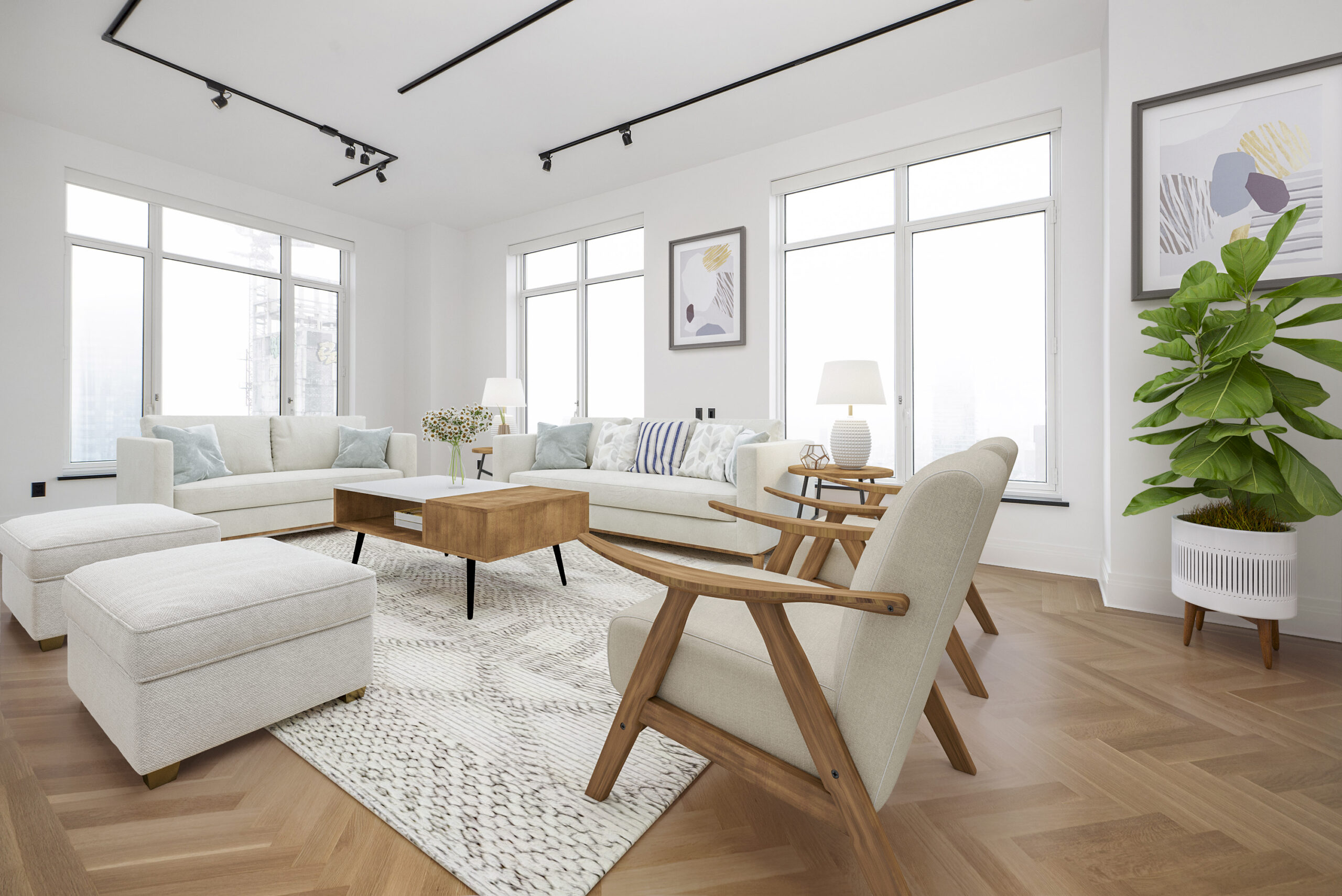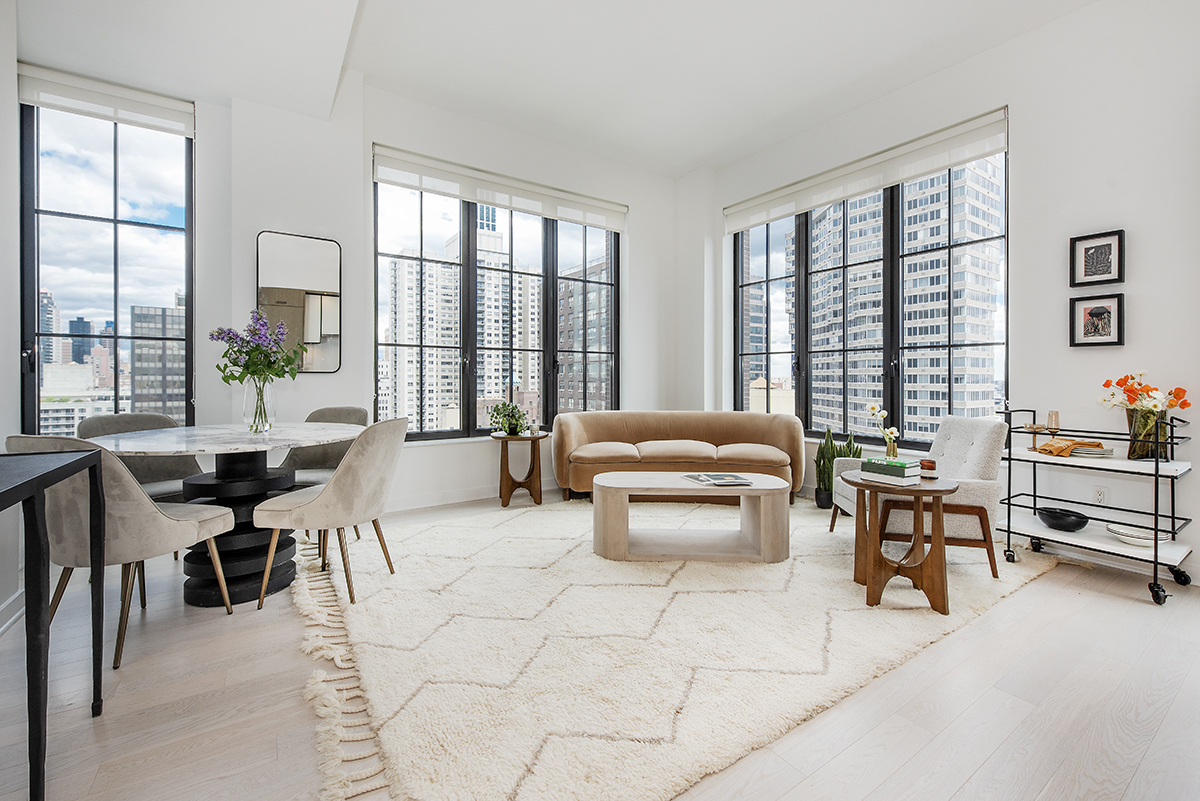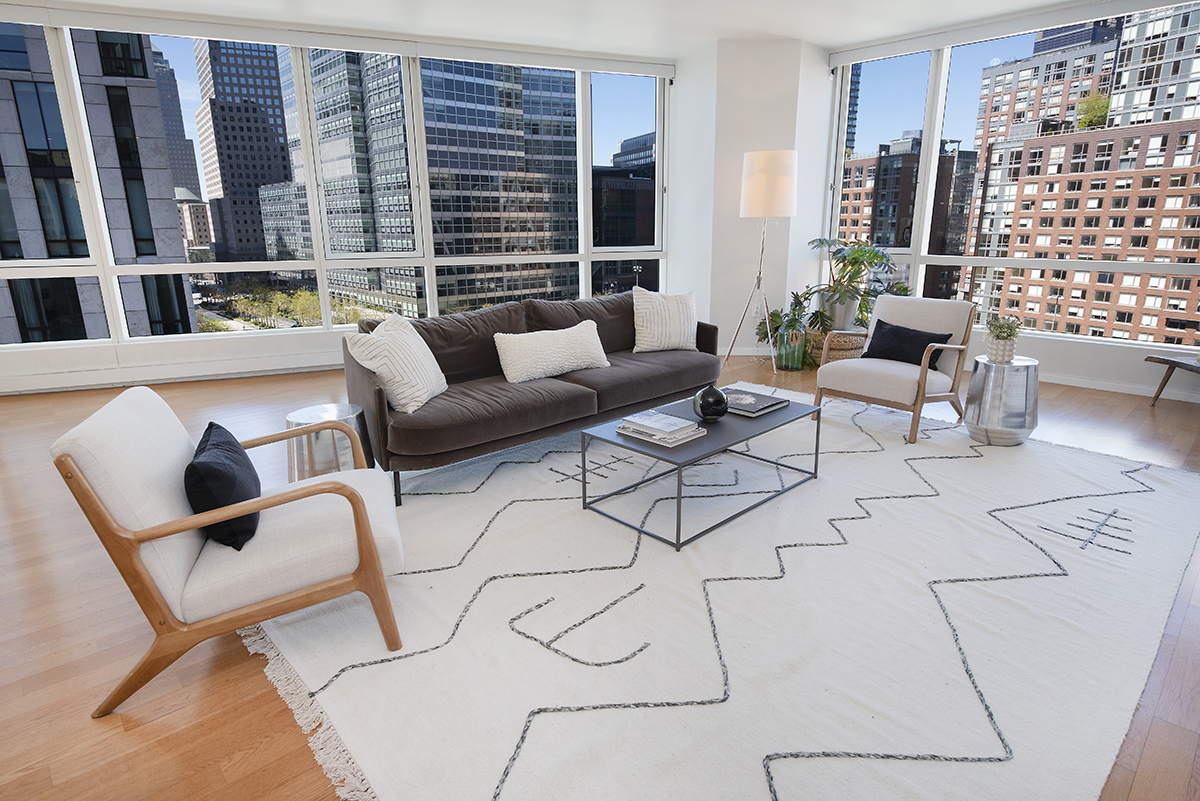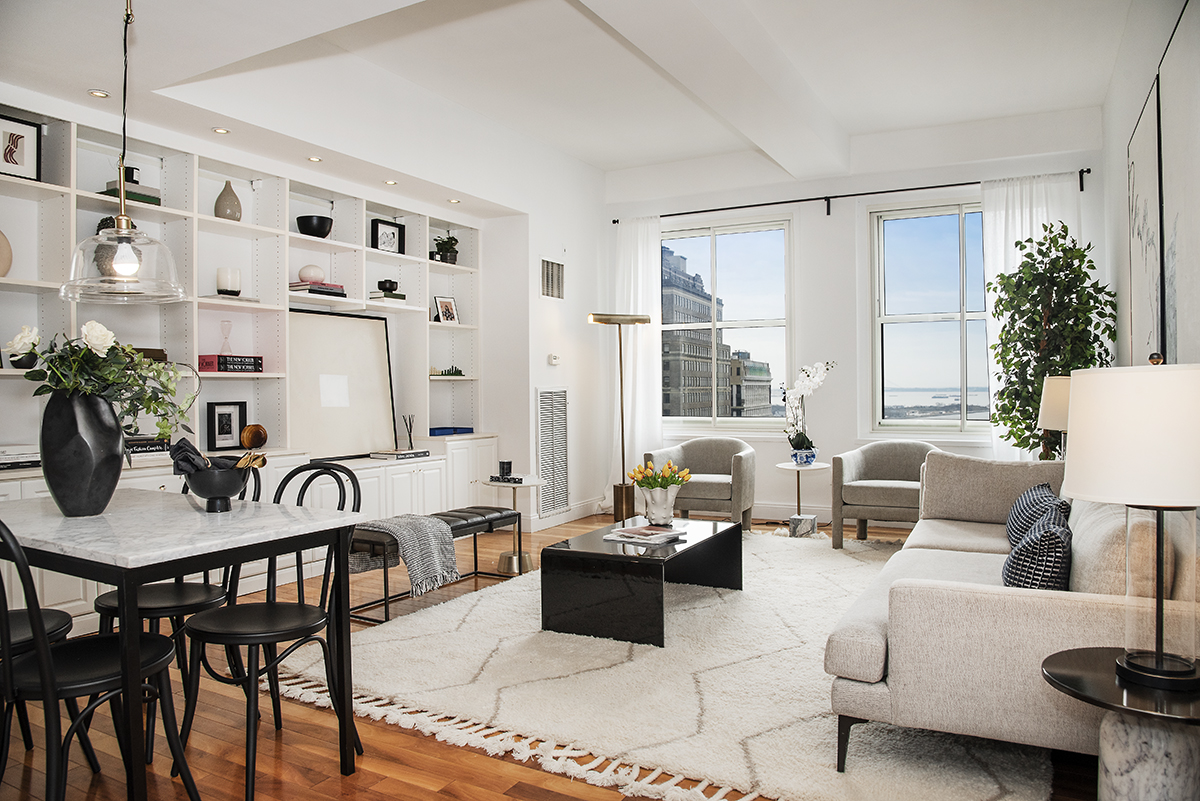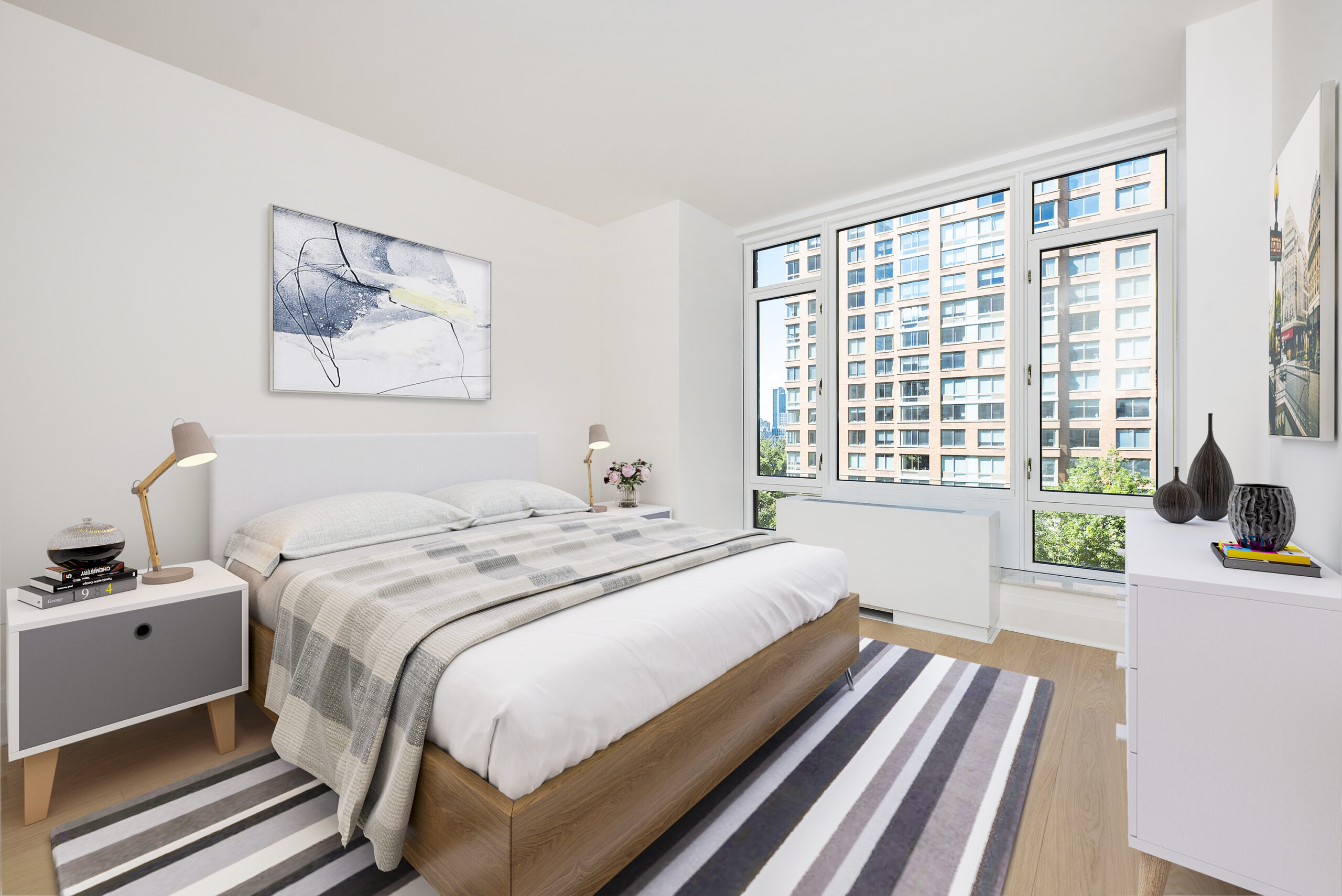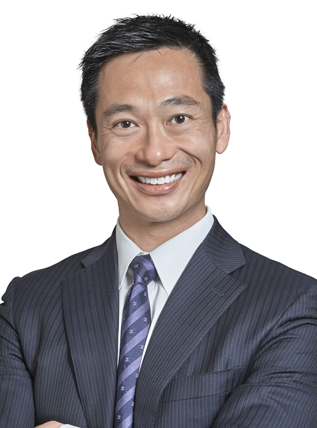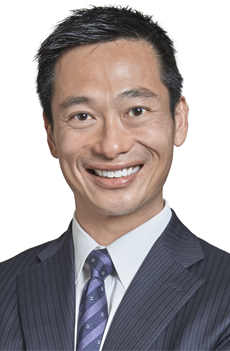Curing eyesight naturally
Posted by Wei Min Tan on November 19, 2019
This article is not related to Manhattan property but I just want to share what I’ve been doing the past 3 months. I have been doing a natural eyesight (myopia/short-sightedness) improvement program led by Jake Steiner at Endmyopia.org. Since almost all my clients and followers wear glasses or contacts, you may find this interesting.
As background, I’ve been wearing contact lenses the past 30 years. Prescription before the program was at L -5.0, R -4.25. Now, 3 months after the program, I am wearing glasses at L -4.0 and R -3.25. The program is about habit change. Going from bad habits that created the need for glasses in the first place to good habits that are better for the eyes and that aim to reverse the effects created by the bad habits.
Contact: tan@castle-avenue.com
Read about Wei Min’s style in Best Manhattan property agents and Role of a buyer’s broker.
Wearing Contacts For 30 Years
About a year ago, I started having eye calluses from contact lenses. And then my eyes started getting dry with prolonged contact lens use. For the past 30 years, I used to put on contacts from the moment I woke up to around 1 hour before bedtime. The recent dryness and discomfort from contact lenses resulted in my wearing glasses more often. Meanwhile, I wondered whether this meant freedom of not having something in front of my face is over.
I remembered an old friend who used to spend 30 minutes each morning staring at grass in a field. Over time, his shortsightedness went away! Hmmm.. maybe Google would have something about alternative methods of eyesight improvement. Common sense says that us humans are not meant to wear glasses. Back during the caveman days, there were no glasses. Now, almost everyone I know wears glasses or contact lenses.
Googling Natural Eyesight Improvement
My research found there are different schools of natural eyesight correction. There is the old Bates Method which is about eye exercises. There is Endmyopia which is about habit change. I also saw something on Dr Mercola’s website where he talks about relaxing the eyes (actually from the Bates Method). In addition, I bought a few books from Amazon, all of which I glanced through and which are basically about eye exercises.
The Endmyopia website has too much information. This guy, Jake Steiner, also has a ton of videos on youtube. Most of the eyesight improvement methods can be summarized and read in one article. But Endmyopia is like taking a college course. He didn’t give a summary of what to do. Rather, there is this 7 day email newsletter that the website asks people to sign up for to learn about his program. What an inconvenience! I wanted the action steps now, not 7 days later. And I didn’t want to read all that stuff.
What eventually caught my attention was the 285 five-star reviews and the numerous testimonials about how participants’ eyesight improved. So I signed up for the 7 day email newsletter….
The Habits and Learnings
I know improving eyesight naturally sounds like someone selling snake oil. The doctor tells us this cannot be done. The solution is either wear glasses, wear contacts or Lasik surgery. Natural eyesight improvement sounds like a bunch of nonsense selling hope to people.
Just because it’s not mainstream does not mean it’s not a solution. I find the habits championed by this program to be credible and make sense. Here are highlights.
1) Our glasses are over prescribed
Our visit to the optometrist means getting eyes checked in a dark room. A dark environment is sub optimal for vision and this means we need more effort to see things. The result is we get over prescribed for glasses when, in better lighting condition, we would not need that level of prescription. For example, to see the 20/20 line of the eyechart in good light, one may need a prescription of -4.0. But since at the optometrist, eyes are tested in a dark room, the person needed -4.25 to see the 20/20 line. Hence the over prescription by -0.25. This is how the majority of people wear over prescribed glasses.
2) Human eyes are meant to look far, not at a screen 60 centimeters away
Most people spend the vast majority of time looking at either their smart phone or computer screen. Human eyes are not meant to be looking this close at a flickering object. Looking near causes our eye muscles to tighten. Looking far makes the eye muscles loosen. Prolonged looking near results in our eyes being in a continually locked-up position, called a “ciliary spasm.” We need to give the eyes breaks from close up viewing.
3) Normalized and differential glasses
Instead of wearing full prescription glasses, I am wearing a slightly lower prescription than full. This allows for some blur at the far end which gives the opportunity to do “Active Focus,” work on clearing up the blur. Glasses are like crutches for the eyes. The idea here is to give your eyes some work and not rely 100% on the glasses.
Perhaps more importantly, we need a different set of glasses to look near at the computer. Wearing full prescription glasses to look 60 centimeters in front of you just messes up the eyes. It magnifies the damage (which people have grown used to).
4) Outdoor time
Outdoor time is key. Being outdoors exposes us to sunlight which is good for the eyes. It allows for peripheral vision which is good for the eyes. Being outdoors allows us to look very far, at the furthest point possible. This is what our human eyes are meant for. Not looking at the screen 60 centimeters away. From the program, I am committed to at least 1 hour of outdoor time a day. This does wonders for the eyes as the “centimeter readings” shows (described below).
Now, instead of always trying to get into the subway and into indoors as fast as possible, I spend time walking an extra 10 or 30 minutes. As a property broker, part of what I do is look at properties all around Manhattan. I reduced the Uber and subway rides. And walk more.
Since Manhattan is a walkable city with signs everywhere, it allows me to practice “Active Focus” during the walks. Whether I am in Soho or Tribeca, Midtown East or Upper West Side, I use the street signs, restaurant signs etc as practice to push the eyes to clear up blurriness.
Steiner says myopia is a problem with an imbalance in life. ie spending too much time in front of the computer/phone and too little time living in the real world. I recall at the World Real Estate Congress in Dubai 2 years ago, the theme was Happy Cities. The key to being happy is being outdoors. Alas, 90 percent of our time is spent indoors.
5) Daily self check – the centimeter
I check my eyesight daily, through a centimeter test. This is an easy way to estimate what our glasses’ prescription should be. It’s an amazingly simple calculation. Good habits (being outdoors, reducing screen time…) lead to better centimeter measurements. Bad habits (prolonged screen time without breaks, bad lighting…) results in worse centimeter measurement.
The above are just some of the things I’ve been doing as part of natural eyesight improvement. These habits have made me more aware and appreciative of the world as well. Being outdoors more, being more sensitive to changes to my eyesight on a daily basis. I can now feel my eye muscles tightening and loosening. Whereas previously I never felt any difference because I was just too used to eye muscles being locked up the whole day.
I am due for another 0.25 decrease in my left eye, from -4.0 currently to -3.75. This stuff works.
What We Do
We focus on global investors buying Manhattan condos for portfolio diversification and long term return-on-investment.
1) Identify the right buy based on objectives
2) Manage the buy process
3) Rent out the property
4) Manage tenants
5) Market the property at the eventual sale
